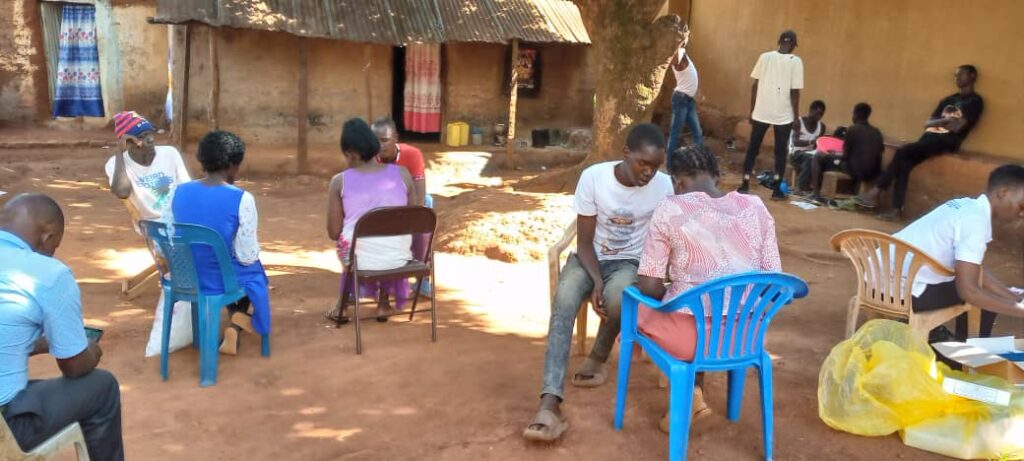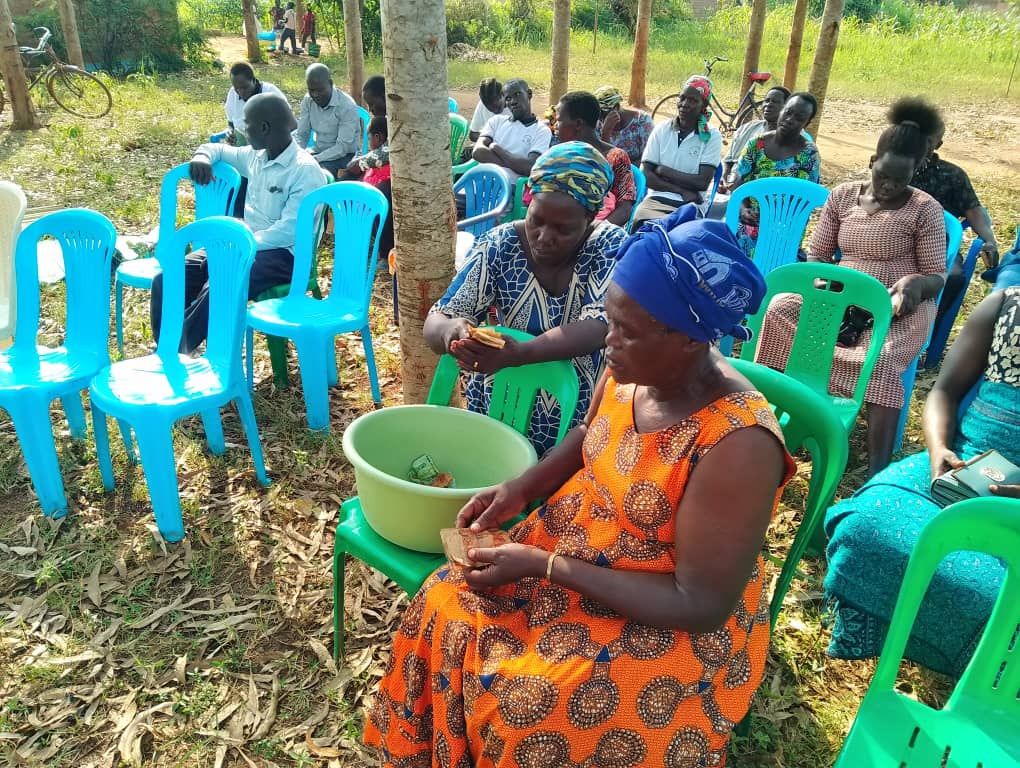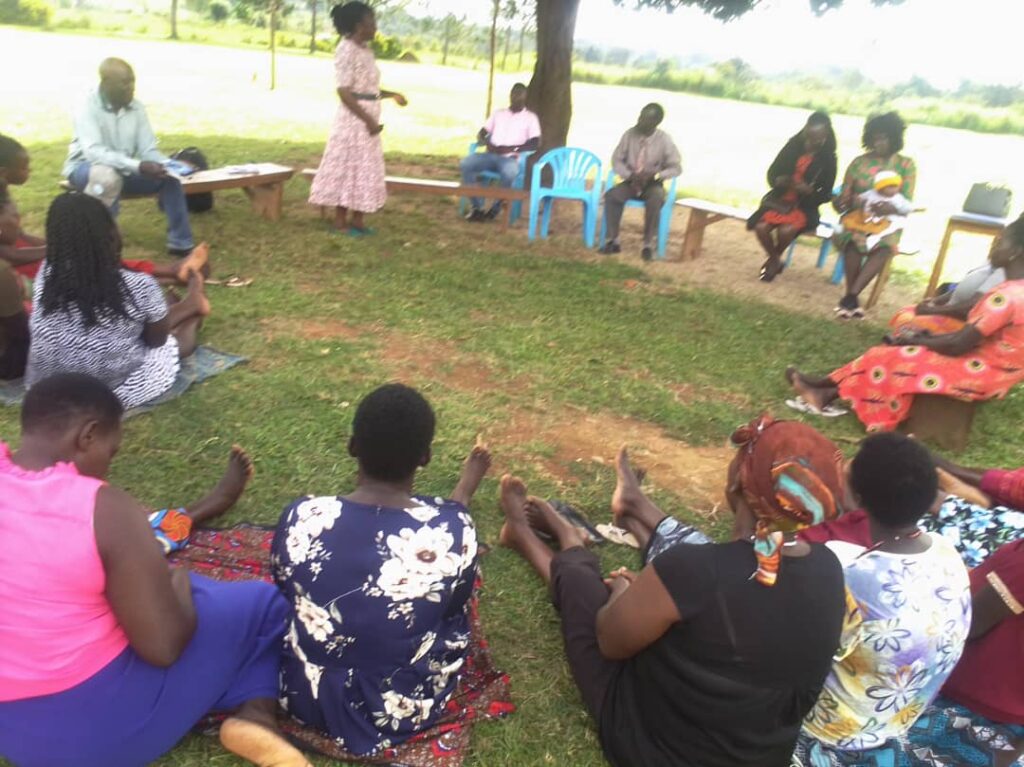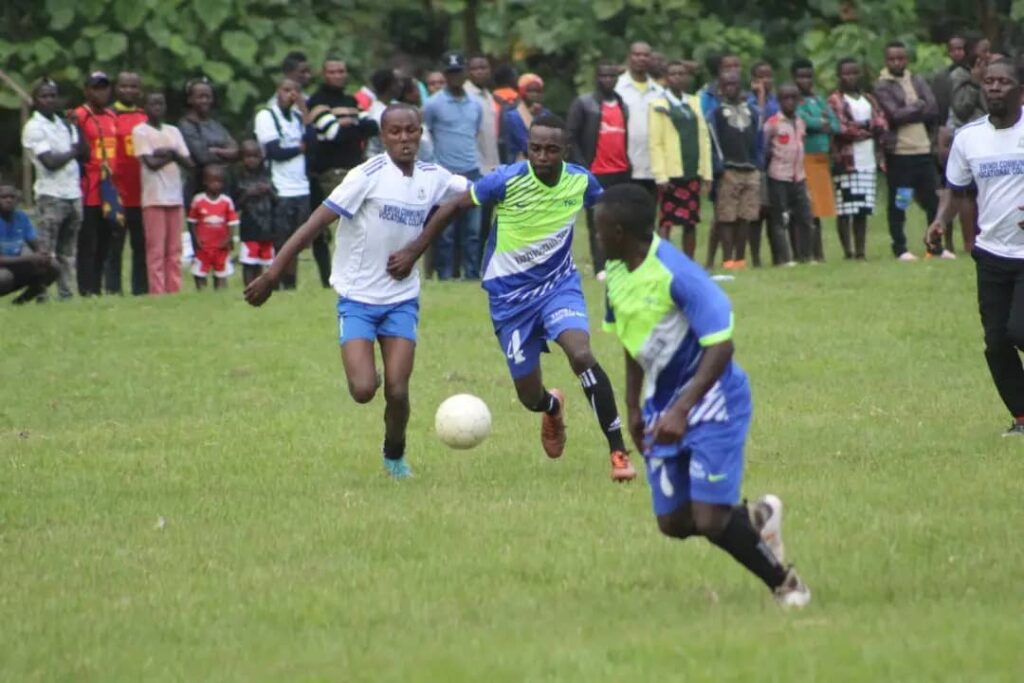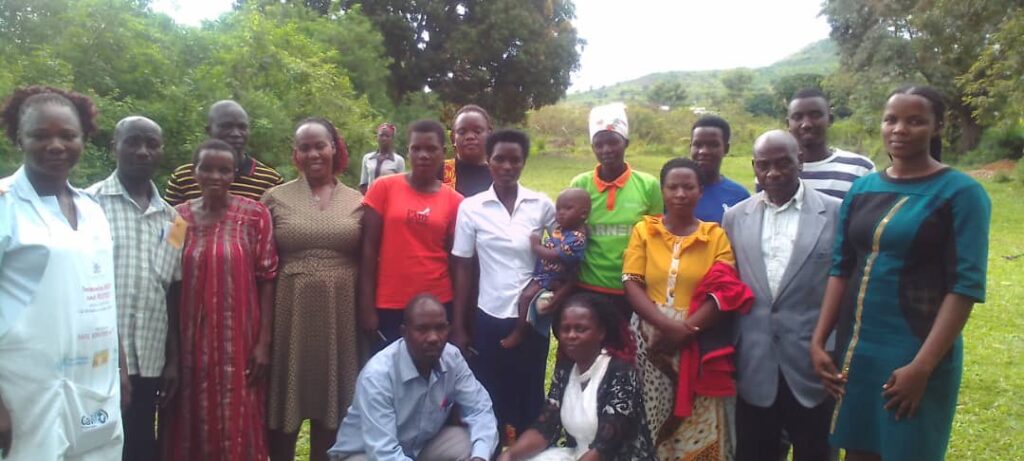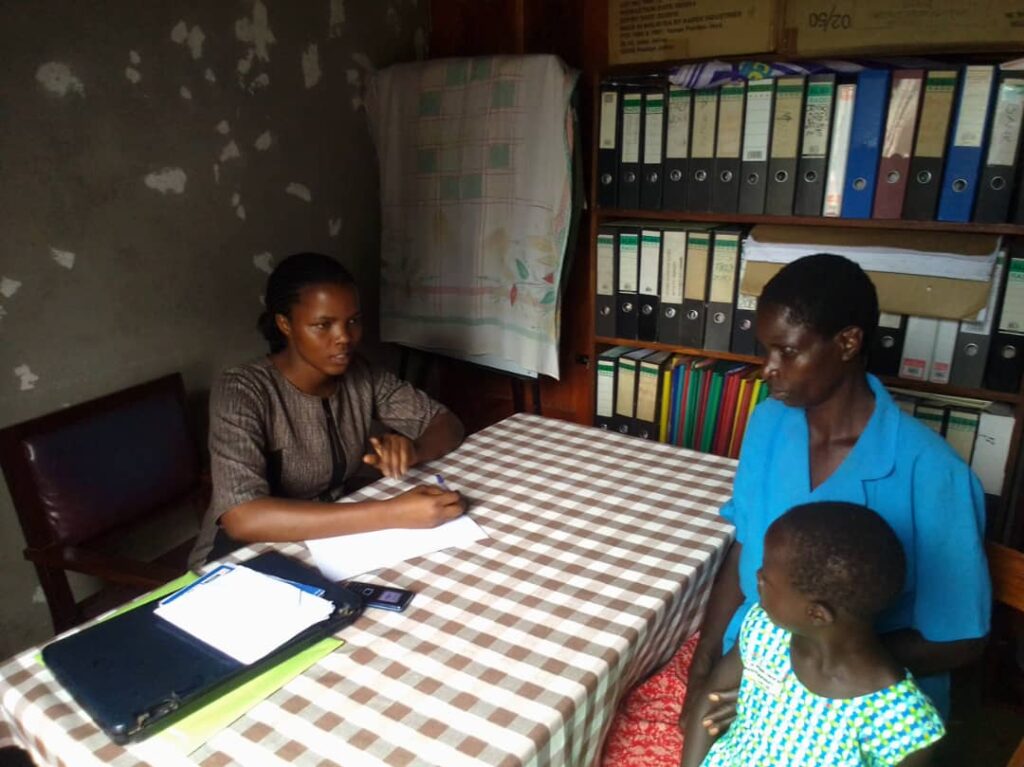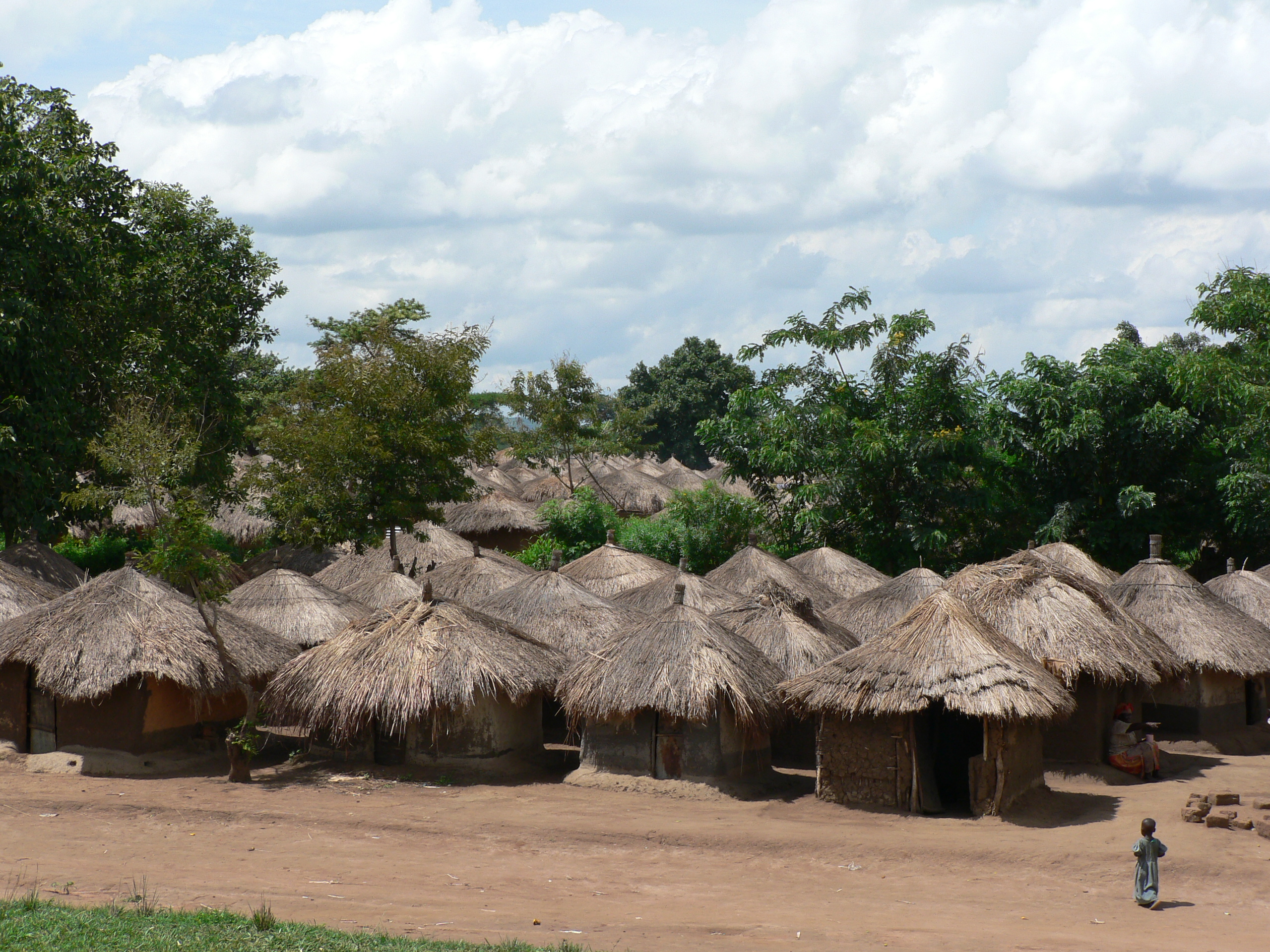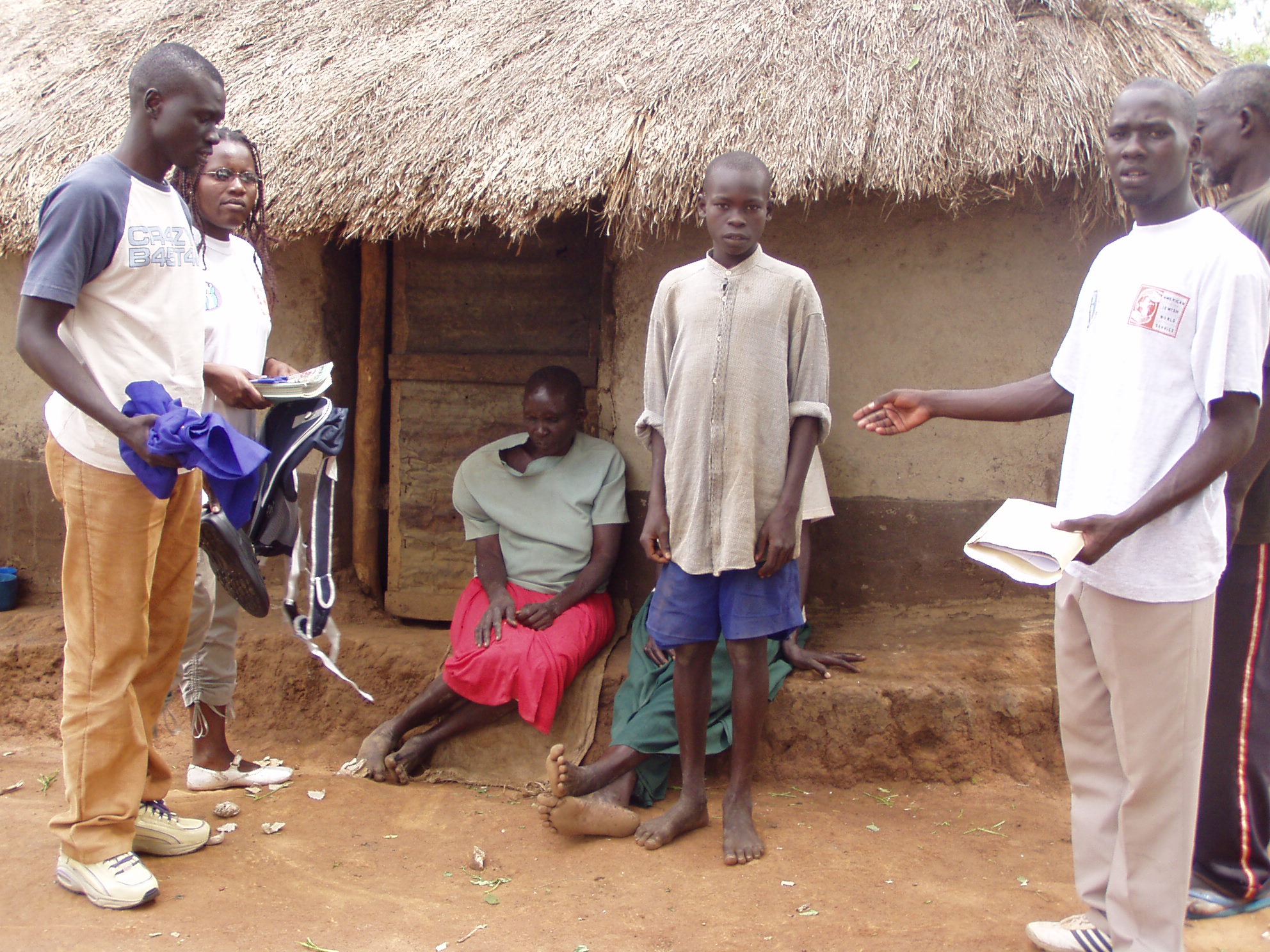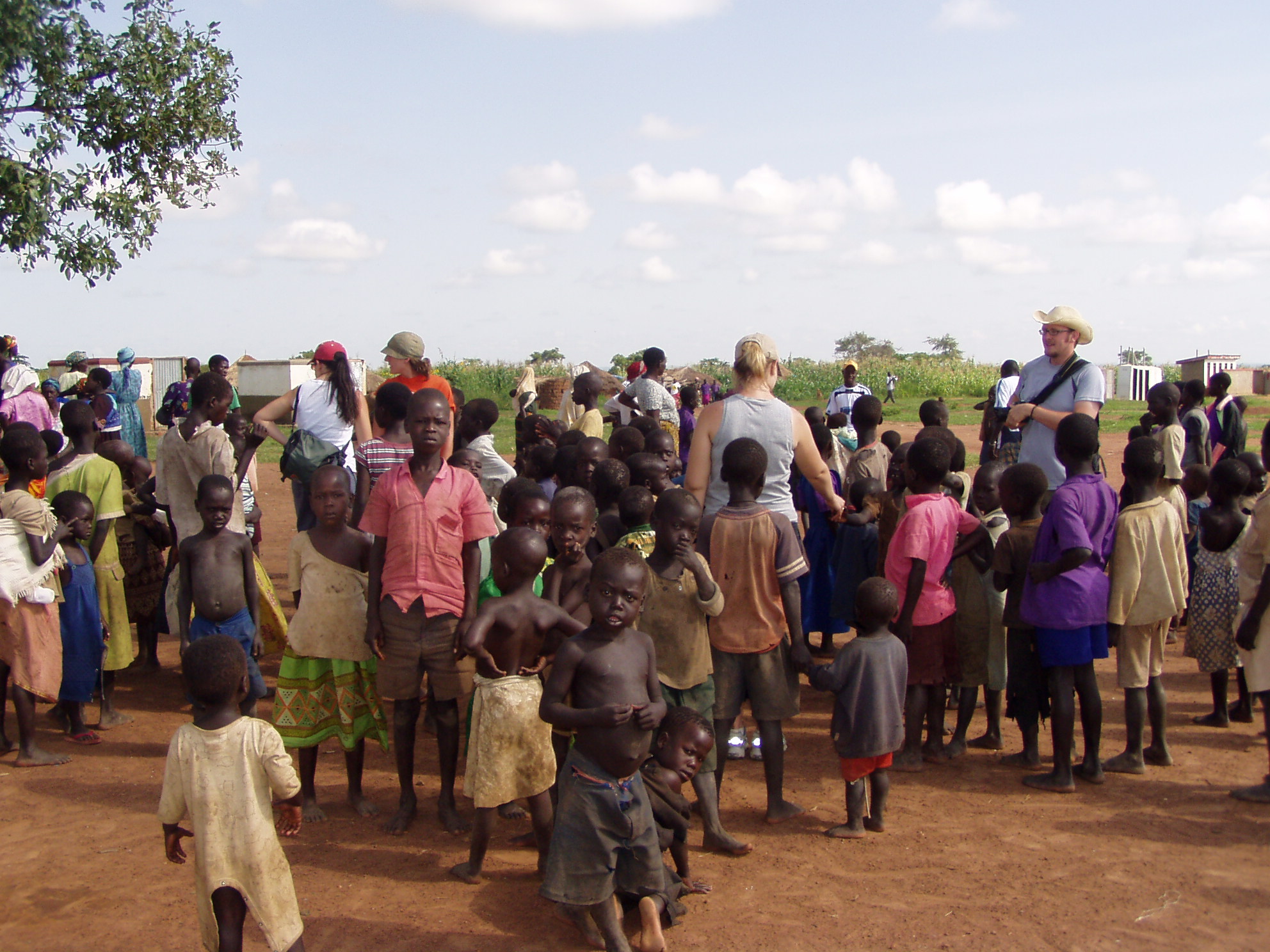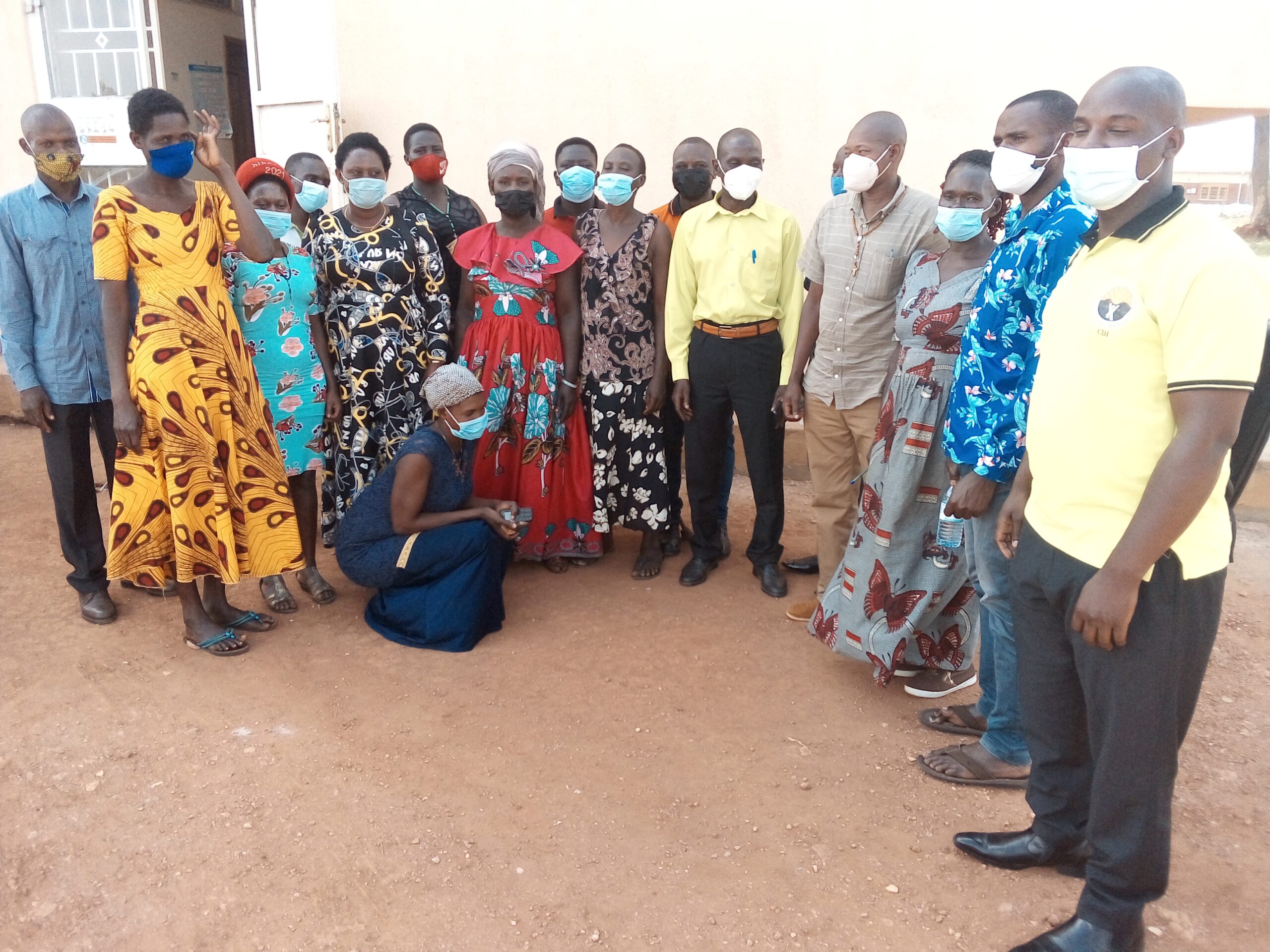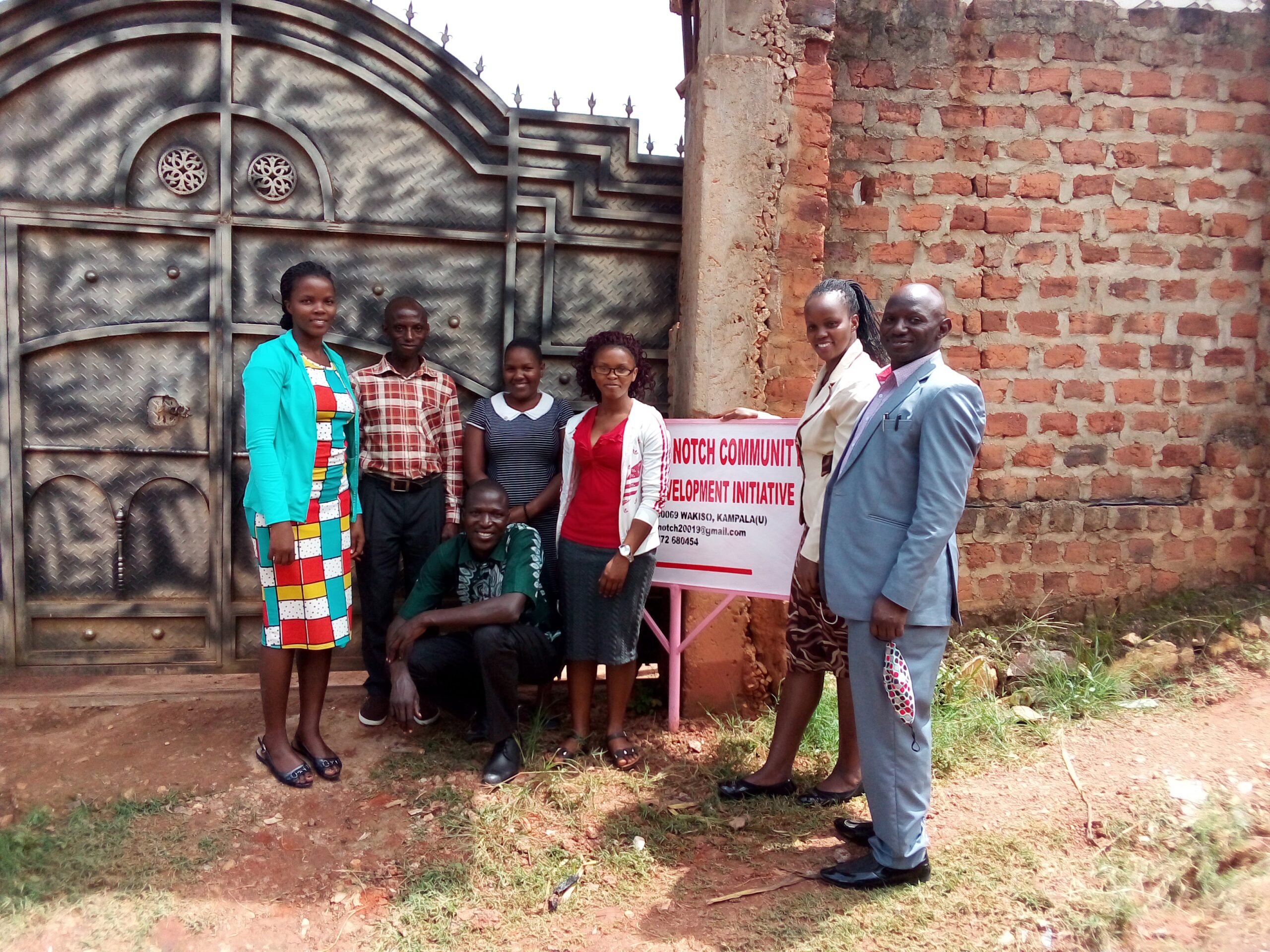The organization is guided by the 5-year strategic plan running from 2023-2027. Our key programs are:
| Program areas | Specific interventions | Some models/strategies |
| Youth employment/skilling/talent development / livelihoods | Out of school youth in rural and humanitarian approach | Entrepreneurship and value addition approachSocial inclusion |
| Population, Health and Environment (PHE) | HIV, Malaria, TB Focusing on AGYW strengthening of community-led responses, including youth-led responses, and achievement of the new 30-80-60 targets on community-led service delivery, as laid out in the Global AIDS Strategy and 2021 Political Declaration. This is in addition to the 95x95x95 targets Climate action | TB/HIV/MalariaMeaningful adolescent and youth engagement (MAYE)community systems buildingDifferentiated service delivery models eg.4-stages of the Kids to Care model (Find, Test, Treat and Stay, Young people Dialogue model, Triple elimination approach (eMTCT, Syphilis and Hepatitis B) Climate actionTree planting groupsEnergy saving stovesGreen financing |
| Water, Sanitation and hygiene | Protection of existing water sources | Community centred approach-sustaining water source protection |
| Education | Children from vulnerable households | Household approach-No hand outs |
| Prevention of Sexual harassment, Exploitation and Abuse (PSHEA) | Children from vulnerable households | Community resilience building |
| Child Safeguarding | Focus on vulnerable children | Community resilience building |
Top Notch-CDI PHE model

Cross-cutting approaches to programme delivery:
- Interventions are demand and evidence based driven
- Leverage partnerships, alliances and collaborations
- Use holistic, multi-sectoral and integrated approaches
- Age specific, cultural and gender sensitive programming
- Community led programming and implementation

